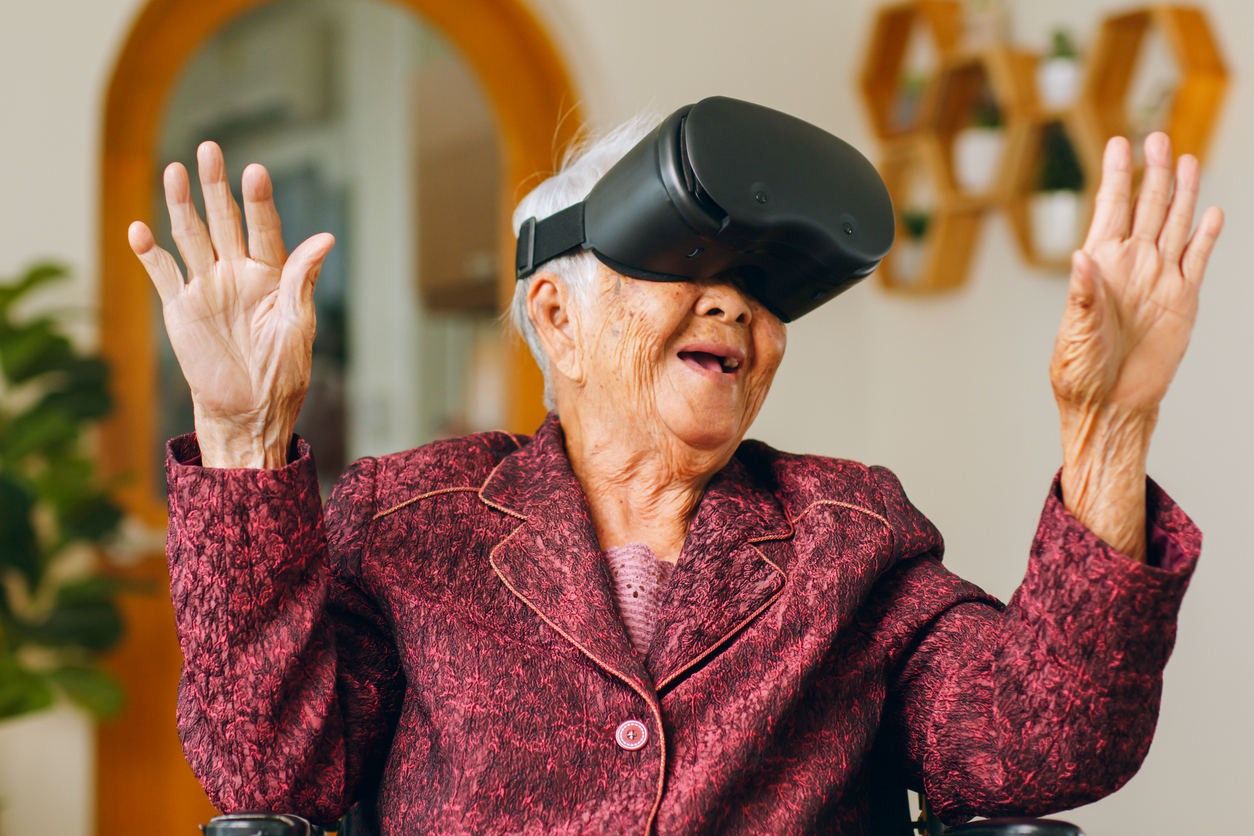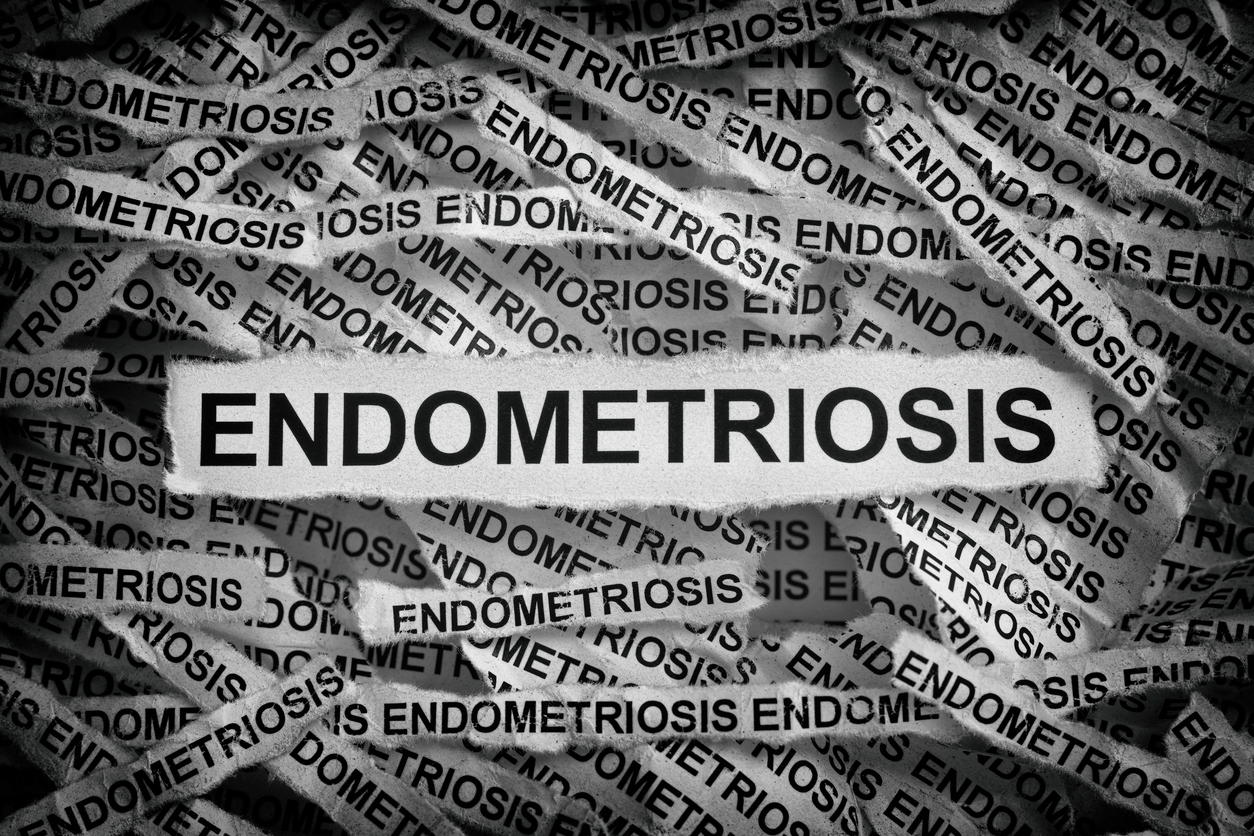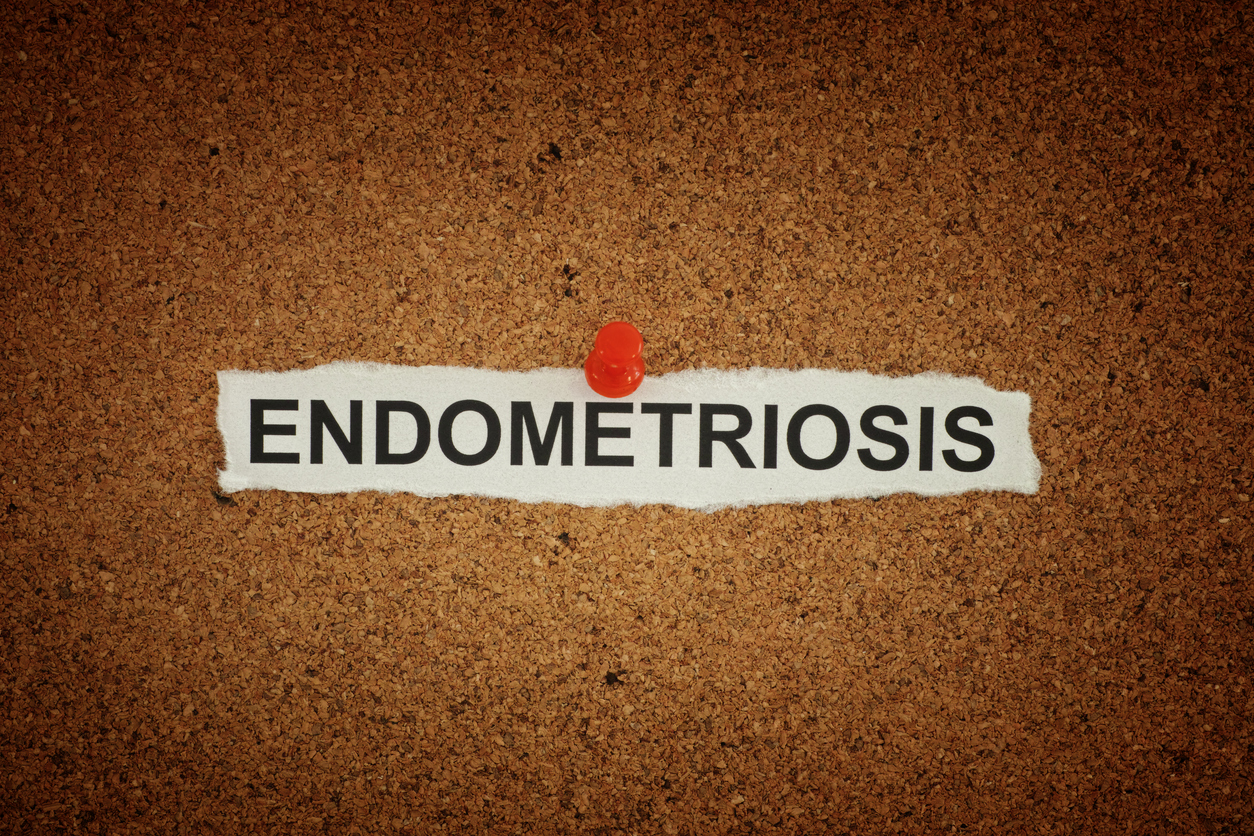Press reviews
#MalariaVaccine #R21MatrixM #Malaria #Vaccination #SMC #InsecticideTreatedNets
#Immunization #VaccineAcceptability
Despite decades of efforts, malaria remains a major health threat to populations in sub-Saharan Africa. In 2022, the World Health Organization estimated 233 million cases on the continent, resulting in 580,000 deaths. Far from receding, the disease is show...
Despite decades of efforts, malaria remains a major health threat to populations in sub-Saharan Africa. In 2022, the World Health Organization estimated 233 million cases on the continent, resulting in 580,000 deaths. Far from receding, the disease is show...
Read more

#PfSPZ #Vaccination #Malaria #Immunogenicity
In 2023, malaria affected more than 263 million people worldwide and caused nearly 600,000 deaths, according to the WHO. These alarming numbers have remained almost unchanged over the past decade, illustrating the stagnation of global efforts to eliminate this parasitic disease, despite massive investments. While the developme...
In 2023, malaria affected more than 263 million people worldwide and caused nearly 600,000 deaths, according to the WHO. These alarming numbers have remained almost unchanged over the past decade, illustrating the stagnation of global efforts to eliminate this parasitic disease, despite massive investments. While the developme...
Read more

#AllergicRhinoconjunctivitis #IgG4 #Allergoid #BirchPollen #Immunotherapy
Allergic rhinoconjunctivitis (ARC) induced by birch pollen is one of the most common forms of seasonal allergic disease in Europe. It affects up to 40% of the population, with a high concentration of cases in temperate regions where birch trees are prevalent. This condition presents with a combin...
Allergic rhinoconjunctivitis (ARC) induced by birch pollen is one of the most common forms of seasonal allergic disease in Europe. It affects up to 40% of the population, with a high concentration of cases in temperate regions where birch trees are prevalent. This condition presents with a combin...
Read more

#SeasonalAllergicRhinitis #Probiotics
#Prebiotics #GutMicrobiota
Seasonal allergic rhinitis (SAR) is a chronic inflammatory condition of the upper airways, driven by an inappropriate immune response to environmental allergens such as pollen. It is characterized by classic symptoms — sneezing, runny nose, nasal congestion, and itching — that significantly impair qualit...
Seasonal allergic rhinitis (SAR) is a chronic inflammatory condition of the upper airways, driven by an inappropriate immune response to environmental allergens such as pollen. It is characterized by classic symptoms — sneezing, runny nose, nasal congestion, and itching — that significantly impair qualit...
Read more

#ParkinsonsDisease #Osteoporosis #FractureRisk
#FRAX #Prevention
In patients with Parkinson’s disease (PD), the risk of fracture is significantly higher than in the general population, particularly among the elderly. This heightened vulnerability stems from a combination of motor and metabolic factors. Frequent falls—linked to bradykinesia and postural instability—occ...
In patients with Parkinson’s disease (PD), the risk of fracture is significantly higher than in the general population, particularly among the elderly. This heightened vulnerability stems from a combination of motor and metabolic factors. Frequent falls—linked to bradykinesia and postural instability—occ...
Read more

#Parkinsons #VR #Rehabilitation #Balance
#Exergaming
In patients with Parkinson’s disease (PD), balance disorders are among the most disabling symptoms. Linked to impaired postural control, coordination, and fine motor skills, they significantly increase the risk of falls, leading to injury, loss of independence, and a marked decline in quality of life. Thes...
In patients with Parkinson’s disease (PD), balance disorders are among the most disabling symptoms. Linked to impaired postural control, coordination, and fine motor skills, they significantly increase the risk of falls, leading to injury, loss of independence, and a marked decline in quality of life. Thes...
Read more

#Parkinson #Cognition #Inflammation #IL6 #Entacapone #MoCA
Parkinson’s disease (PD) is a progressive neurodegenerative disorder primarily characterized by motor symptoms such as tremors, rigidity, and bradykinesia. However, in moderate to advanced stages, non-motor symptoms—particularly cognitive impairments—become increasingly common, affecting memory, attention, exec...
Parkinson’s disease (PD) is a progressive neurodegenerative disorder primarily characterized by motor symptoms such as tremors, rigidity, and bradykinesia. However, in moderate to advanced stages, non-motor symptoms—particularly cognitive impairments—become increasingly common, affecting memory, attention, exec...
Read more

#Autism #StemCells #WJMSC #Neuroinflammation #InnovativeTherapies
Autism Spectrum Disorders (ASD) are characterized by impairments in communication, social interaction, and repetitive behaviors. Recent research highlights a central role of neuroinflammation and immune dysregulation in their development. Despite current educational and pharmacological approach...
Autism Spectrum Disorders (ASD) are characterized by impairments in communication, social interaction, and repetitive behaviors. Recent research highlights a central role of neuroinflammation and immune dysregulation in their development. Despite current educational and pharmacological approach...
Read more

#ASD #HDtDCS #Neuromodulation
#SensorySensitivity #SocialCognition
Autism spectrum disorder (ASD) is a neurodevelopmental condition characterized by persistent difficulties in social interaction, communication, and repetitive or restricted behaviors. Many autistic children also experience sensory processing abnormalities, including hypersensitivity (strong reactions t...
Autism spectrum disorder (ASD) is a neurodevelopmental condition characterized by persistent difficulties in social interaction, communication, and repetitive or restricted behaviors. Many autistic children also experience sensory processing abnormalities, including hypersensitivity (strong reactions t...
Read more

#AutismWithoutIntellectualDisability #TMS #SocialCognition #iTBS #Neuroimaging
Autism spectrum disorders (ASD) are primarily characterized by persistent difficulties in social interaction, communication, and understanding others' intentions. In adults, these social challenges are often pronounced and impact interpersonal relationships, professional life, and overall qu...
Autism spectrum disorders (ASD) are primarily characterized by persistent difficulties in social interaction, communication, and understanding others' intentions. In adults, these social challenges are often pronounced and impact interpersonal relationships, professional life, and overall qu...
Read more

#Autism #Mitochondria #Supplementation #CognitiveFunction #CellularEnergy
Autism spectrum disorders (ASD) are complex neurodevelopmental conditions, characterized by persistent difficulties in social communication, repetitive behaviors, and restricted interests. Their prevalence is steadily increasing—currently affecting 1 in 36 children, with a marked predominance in boys.
D...
Autism spectrum disorders (ASD) are complex neurodevelopmental conditions, characterized by persistent difficulties in social communication, repetitive behaviors, and restricted interests. Their prevalence is steadily increasing—currently affecting 1 in 36 children, with a marked predominance in boys.
D...
Read more

#ColorectalCancer #Immunotherapy #ICI #XL888
#CombinationTherapy
Colorectal cancer (CRC) is one of the leading causes of cancer-related death worldwide, especially in advanced stages where treatment options become limited. The advent of immunotherapy, particularly immune checkpoint inhibitors (ICIs), has transformed the treatment landscape of several solid tumors. In...
Colorectal cancer (CRC) is one of the leading causes of cancer-related death worldwide, especially in advanced stages where treatment options become limited. The advent of immunotherapy, particularly immune checkpoint inhibitors (ICIs), has transformed the treatment landscape of several solid tumors. In...
Read more

#DeepInfiltratingEndometriosis #Fertility
#ColorectalSurgery #FertilityPreservation #Pregnancy
Deep infiltrating rectal endometriosis (DIRE) represents an advanced and particularly debilitating form of endometriosis, in which lesions infiltrate the rectal wall. It is often associated with severe digestive symptoms (pain during defecation, constipation, diarrhea, sub-o...
Deep infiltrating rectal endometriosis (DIRE) represents an advanced and particularly debilitating form of endometriosis, in which lesions infiltrate the rectal wall. It is often associated with severe digestive symptoms (pain during defecation, constipation, diarrhea, sub-o...
Read more

#Endometriosis #PelvicPain #PhysicalActivity
#MentalHealth #MetaAnalysis
Endometriosis is a chronic, inflammatory gynecological condition characterized by the abnormal presence of endometrial tissue outside the uterine cavity—often on the peritoneum, ovaries, or rectum. It affects about 1 in 10 women of reproductive age and is one of the leading causes of chronic pelvic pain an...
Endometriosis is a chronic, inflammatory gynecological condition characterized by the abnormal presence of endometrial tissue outside the uterine cavity—often on the peritoneum, ovaries, or rectum. It affects about 1 in 10 women of reproductive age and is one of the leading causes of chronic pelvic pain an...
Read more

#Endometriosis #Acupuncture #PelvicPain
#AlternativeMedicine #MetaAnalysis
Endometriosis is a chronic, inflammatory gynecological disease characterized by the presence of endometrial tissue outside the uterus. It affects nearly 10% of women of reproductive age and often presents with chronic pelvic pain, severe dysmenorrhea, digestive issues, dyspareunia, and infertility. Despi...
Endometriosis is a chronic, inflammatory gynecological disease characterized by the presence of endometrial tissue outside the uterus. It affects nearly 10% of women of reproductive age and often presents with chronic pelvic pain, severe dysmenorrhea, digestive issues, dyspareunia, and infertility. Despi...
Read more
